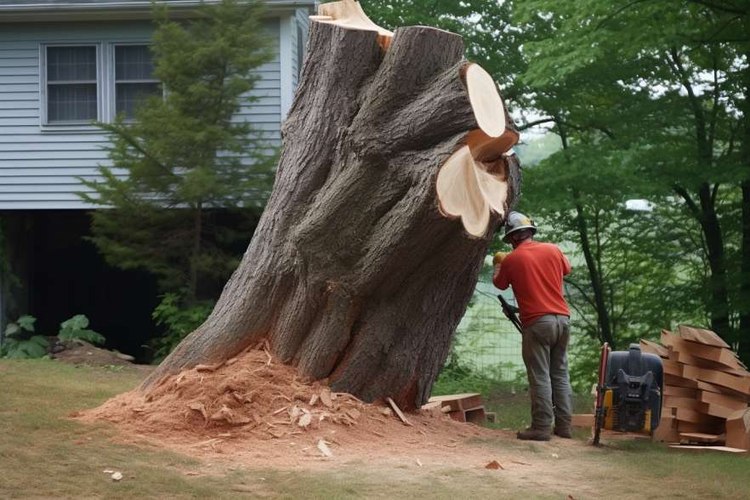Senior Living Redefined: Modern Apartments That Enhance Quality of Life for Seniors
Choosing the right senior apartment is a significant decision that impacts quality of life, health, and overall wellbeing. Today's senior apartments are designed with thoughtful features that promote independence, safety, and community engagement. As the senior living industry evolves, developers are incorporating innovative design elements and amenities that address the unique needs of older adults while creating spaces that feel like home. Modern two-bedroom apartments offer not just housing, but an environment that supports aging in place with dignity and comfort.

Essential Features Making Two-Bedroom Senior Apartments Comfortable and Accessible
Today’s senior apartments are designed with thoughtful accessibility features that make daily living safer and more convenient. Wide doorways and hallways accommodate mobility devices like wheelchairs and walkers, ensuring residents can navigate their homes with ease. Step-free entryways eliminate tripping hazards, while lever-style door handles and rocker light switches require minimal hand strength to operate. In the bathroom, walk-in showers with built-in seating, grab bars, and non-slip flooring help prevent falls—one of the most common injuries among seniors. The kitchen often features lowered countertops, pull-out shelving, and easy-to-reach appliances that make meal preparation safer and more accessible. Most importantly, modern two-bedroom floor plans provide ample space for both privacy and entertaining, allowing seniors to maintain independence while accommodating visiting family or caregivers when needed.
How Modern Design Improves Quality of Life for Seniors in Apartment Living
Modern senior living spaces have moved far beyond institutional designs of the past. Today’s apartments feature abundant natural light through large windows, which not only reduces electricity costs but also improves mood and helps regulate sleep cycles. Open floor plans create a sense of spaciousness while making navigation easier. Smart home technology allows residents to control lighting, temperature, and security features with simple voice commands or smartphone apps, promoting independence even for those with mobility limitations. Thoughtfully positioned electrical outlets at waist height reduce the need to bend down, while contrasting color schemes help those with visual impairments distinguish between surfaces. Many communities incorporate biophilic design elements—connecting residents with nature through indoor plants, natural materials, and views of landscaped grounds—which research shows reduces stress and improves cognitive function. These design innovations work together to create environments where seniors can thrive rather than merely exist.
Important Health and Wellness Amenities Available in Senior Living Communities
Modern senior living communities recognize that physical and mental wellbeing are interconnected, offering comprehensive amenities that address both. Fitness centers with equipment specifically designed for older adults help maintain strength and balance, while heated indoor pools provide low-impact exercise opportunities. Many communities feature walking paths and gardens that encourage outdoor activity and social interaction. Wellness programs might include regular health screenings, nutrition counseling, and medication management services. For mental stimulation, communities offer libraries, computer labs, and educational workshops covering topics from technology to art appreciation. Dedicated spaces for hobbies and crafts encourage creative expression, while community gardens allow residents to grow fresh produce. Some progressive communities even incorporate telehealth rooms where residents can consult healthcare providers remotely, reducing transportation barriers to medical care. These comprehensive wellness amenities represent a holistic approach to aging that supports residents’ physical, emotional, and social needs.
Tips for Choosing a Senior Apartment That Fits Changing Lifestyle Needs
When selecting a senior apartment, consider both current and future needs to minimize the likelihood of having to move again. Evaluate the community’s continuum of care options—does it offer independent living with the ability to transition to assisted living or memory care if needed? Location is crucial; proximity to healthcare facilities, grocery stores, places of worship, and cultural attractions supports an active lifestyle. Assess the community’s transportation services for residents who no longer drive. Review the fine print of the lease agreement, including any entrance fees, monthly costs, and what happens if health needs change. Visit multiple times at different hours to observe the community’s culture and staff interactions with residents. Speak with current residents about their experiences, and inquire about the resident turnover rate—a low turnover suggests satisfaction. Consider the pet policy if you have animal companions, as their presence can significantly impact quality of life. Finally, ensure the community’s values and lifestyle offerings align with your preferences, whether that means a quiet, contemplative environment or one buzzing with social activities.
Common Questions Seniors Have About Moving to a New Apartment Setting
Making the transition to a senior apartment often prompts numerous questions. Many seniors wonder about downsizing—what to keep, donate, or discard from a lifetime of possessions. Professional senior move managers can assist with this emotional process. Questions about maintaining independence are common; seniors should understand what services are included in their monthly fees versus what requires additional payment. Financial concerns typically arise regarding how long savings will last and whether Medicare or long-term care insurance covers any community services. Many prospective residents inquire about visitor policies and whether grandchildren or family can stay overnight. Privacy concerns are valid, especially regarding healthcare information and staff entering apartments. Questions about community governance help seniors understand their voice in decision-making processes. Technology questions often focus on internet access, cable services, and assistance with devices. Finally, many seniors wonder about the adjustment period—how long it typically takes to feel at home and build new social connections. Communities with robust welcome programs and resident ambassadors often facilitate smoother transitions.
Senior apartments have evolved significantly to become spaces that truly enhance quality of life through thoughtful design, comprehensive amenities, and supportive communities. Today’s options allow older adults to maintain independence while having access to the support they might need as they age. By carefully evaluating features, amenities, and community culture, seniors can find living environments that not only meet their current needs but adapt to future changes, supporting a fulfilling and dignified lifestyle throughout their later years.




